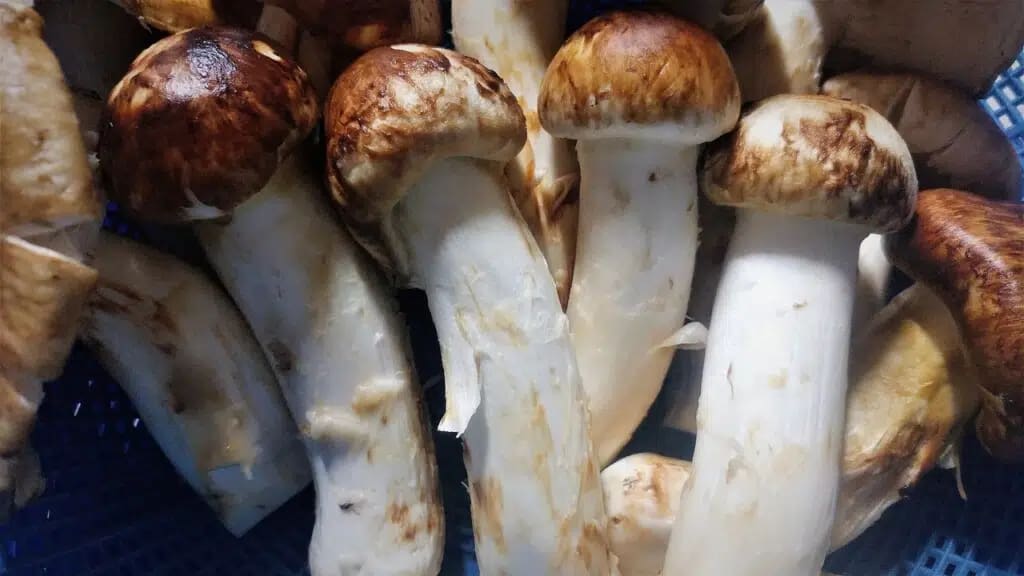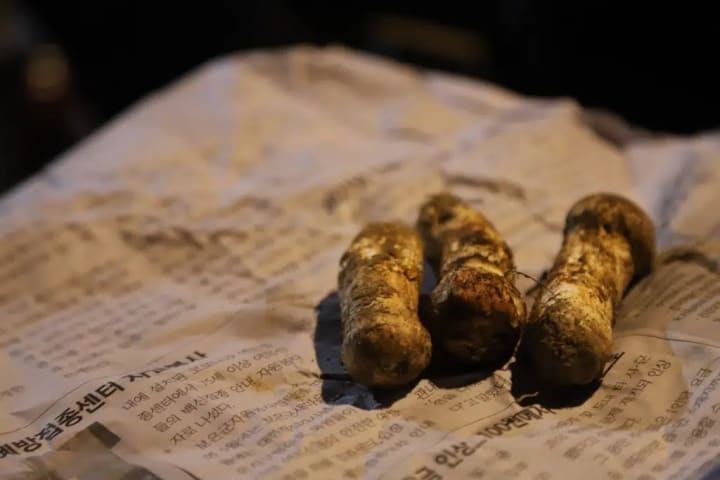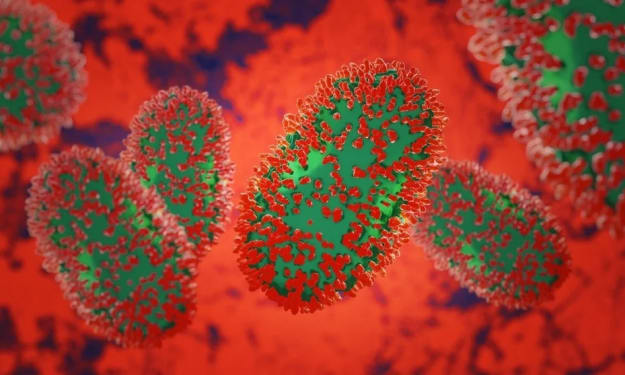Matsutake, the oldest and most expensive mushroom in history
Matsutake, tricholoma matsutake

Matsutake ( Tricholoma matsutake ) is a demanding fungus : it does not settle for an autumnal undergrowth rich in leaves and humus, but prefers forests disturbed by humans . It is a species capable of tolerating environmental disasters, it is no coincidence that it is said to have been the first form of life to appear after the explosion of the atomic bomb in Hiroshima in 1945. The Japanese red pine (Pinus densiflora) is the most host common , also prefers sunny, mineral soils left by man- made deforestation , but today the collection of this fungus also expands in the western regions of North America.
Reason that prompted the anthropologist Anna Lowenhaupt Tsing to dedicate a complete and voluminous book to the matsutake entitled “ The fungus of the end of the world. The possibility of living in the ruins of capitalism ” (Keller, 2021). In it are some observations that she was able to notice during her seven years of research in the field. A fundamental aspect of this fungus is that it has become, over time, a very expensive global commodity for a very simple reason: it cannot be cultivated, but man can create the conditions for it to grow; this explains why we speak of disturbed environments.
Matsutake, the most precious mushroom
Tricholoma Matsutake is actually quite a common fungus in the world, which means that its habitat is in the Americas, Europe, and Asia. According to this theory it would be easy to find and market, and not expensive at all. But as we've seen, it actually takes very special conditions for it to grow , so if you see one, it may be years before you find another.
It is found mainly in the understory of dense forests , nourished by particularly moist soils. Much appreciated as food also by deer, squirrels and rabbits, to find a whole one suitable for the market you have to literally “nudge”.
That is why the oriental markets , where the Tricholoma Matsutake fungus is highly appreciated -in cooking and medicine- value it at thousands of euros. It also has a "twin brother", the Tricholoma Nauseosum not to be confused with the Matsutake. This difficulty is also part of the high price of its stock . Finding, recognizing and collecting this fungus is not an easy task.
The best gift
The Japanese tradition says that the mushroom is a good that once bought is given away , this means that rarely an individual decides to buy it for himself; matsutake therefore assumes the role of a gift: it is a global product with a strong cultural connotation .
The anthropologist's attention focused more on the link between the economy and the environment , on their ways of relating and on the working conditions of matsutake hunters, most of whom are concentrated in Oregon. Although she is originally from Japan, it is in this American state where she grows in large numbers and it is precisely at this point that Tsing's anthropological analysis comes into play, in which capitalism plays a fundamental role. The mushrooms, after being collected, become auctioned goods that, after being acquired by the so-called buyers , pass into the hands of the bulk carriers ., who are in charge of assembling the mushrooms and preparing them for export to the East. Mushroom hunters live their lives in precarious conditions, many times they are veterans or immigrants without documents, they are men who try to redeem their lives every day in the name of freedom , despising the dependent life of ordinary workers. What we mushroom hunters are immersed in is a very particular capitalism in which diversity and pollution are the protagonists.
Diversity and pollution
Everyone has stories of contamination behind them, but human beings often tend to forget about them, and it is thanks to them that the possibilities for the emergence of reciprocal worlds open up:
«The evolution of our 'egos' is already contaminated by accounts of encounters; we are already mixed with others even before starting any new collaboration. Worse still, we find ourselves trapped in the projects that hurt us the most. The diversity that allows us to collaborate arises from stories of extermination, imperialism, etc. Pollution produces diversity,” says anthropologist Anna Lowenhaupt Tsing.
Disturbance, a change in environmental conditions that causes further change in an ecosystem, can renew ecologies but also destroy them. The scale of the disturbances can undoubtedly vary, but in any case it is a phenomenon to which the concept of damage is not necessarily associated; that of the matsutake is a story of anthropogenic disturbance that has generated ecological relationships.
The effects of industrial ruins on living beings can be different, gold mining for some species and disaster for others; in the middle we find the matsutake mushroom, capable of generating a world. What the American anthropologist would like to emphasize is the fact that:
“What counts is the uniqueness of interspecies encounters; that is why the world remains ecologically heterogeneous despite the power of globalization […] In the game of global power, indeterminate encounters remain important”.
Tricholoma Matsutake mushroom: what it is and where to find it
Matsutake, the oldest and most expensive mushroom in history
It is a rare, delicious mushroom , so precious that it is used in minimal quantities... a pinch, a few crumbs... in haute cuisine recipes .
Distinctive features:
Matsutake mushrooms are large and have a strong aroma. Matsutake are found everywhere in Finland near pine trees, in fact they can also be called pine mushrooms. The color of the cap varies from light brown to dark brown, almost tar-like. The diameter of the hat is from 6 to 20 cm. Large dark brown velvety scales cling to the surface of the cap. The stem is 5-20 cm long and 1.5-2.5 cm wide. It is cylindrical in shape or slightly wider towards the bottom.The stem can be bent, extends deep into the soil, and is firmly attached to the base. The gills are white and notched. In young specimens, the gills are covered by a protective veil that over time leaves a hairy ring around the top of the stem. Above the ring, the stem is white while below it has a brown pattern. The flesh is firm and white and keeps well.

Similar species:
The key to recognizing matsutake mushrooms is their particularly strong, sweet, fruity aroma. A similar species Focal Tricholoma has a light odor resembling flour. Its stem tapers to the ground and is not as solidly attached to the base as that of the matsutake. The focal tricholoma is fox-red to dark brown. It is smaller than matsutake mushrooms and is inedible.
Habitat:
It grows best at the foot of pine trees in mature, sparse woodland, on sandy soil with a thin layer of soil where lichens are also frequently found.
Harvest season:
The season starts at the end of July and continues until the beginning of October.
Use:
In some places it is not necessary to pre-cook matsutake mushrooms before cooking them, but in almost all countries where they are marketed, they recommend and even require doing so. What's more, to be considered fit to eat, it must be precooked. They can be served simmered, stewed, grilled, or in sauces and soups.
What is Tricholoma Matsutake used for?
In Japan, China, and Korea, matsutake is a delicious condiment that every fancy restaurant showcases at least once. These broad, flat-capped mushrooms, almost always striped with brown, with long stems, must be pre-cooked before they are approved as edible.
Once the first treatment is finished, they can be used in many different ways: grilled, stewed in soups, in the form of a sauce...
Chic restaurants use just a few crumbs, or a little zest, to give certain dishes a tangy flavor . In the East, its benefits are also valued for medical compounds and treatment of diseases.
Tricholoma Matsutake, in fact, helps metabolism and therefore makes you lose weight. It also has possible antitumor properties . It reactivates the immune system in particular in case of inflammation and is used to combat burning or itching. Chinese medicine prepares it in the form of powders, ointments or other homeopathic products and it is in great demand in the market.
Where to buy it and at what price
There are now dozens of different ways to buy this mushroom, including online. But it is always good to be wary of those who offer certain products, especially mushrooms, through the Internet . Best to head to an Asian, Chinese, or Indian grocery store, and get it through them.
It is better that you consult with the restaurants that use it. And if you like to travel and you can afford it, you can always go to China or Japan (especially the Tokyo markets ), where you will find it for sure. But the price is really high, at certain times it can even reach more than 1,000 dollars per kilo (about 890/900 euros). So you are already warned.
About the Creator
Míriam Guasch
Hello, I'm Miriam! Enthusiastic pharmacist passionate about well-being, vegan food, nature, animal lover, avid traveler, ecologist. Excited to learn and share!






Comments
There are no comments for this story
Be the first to respond and start the conversation.